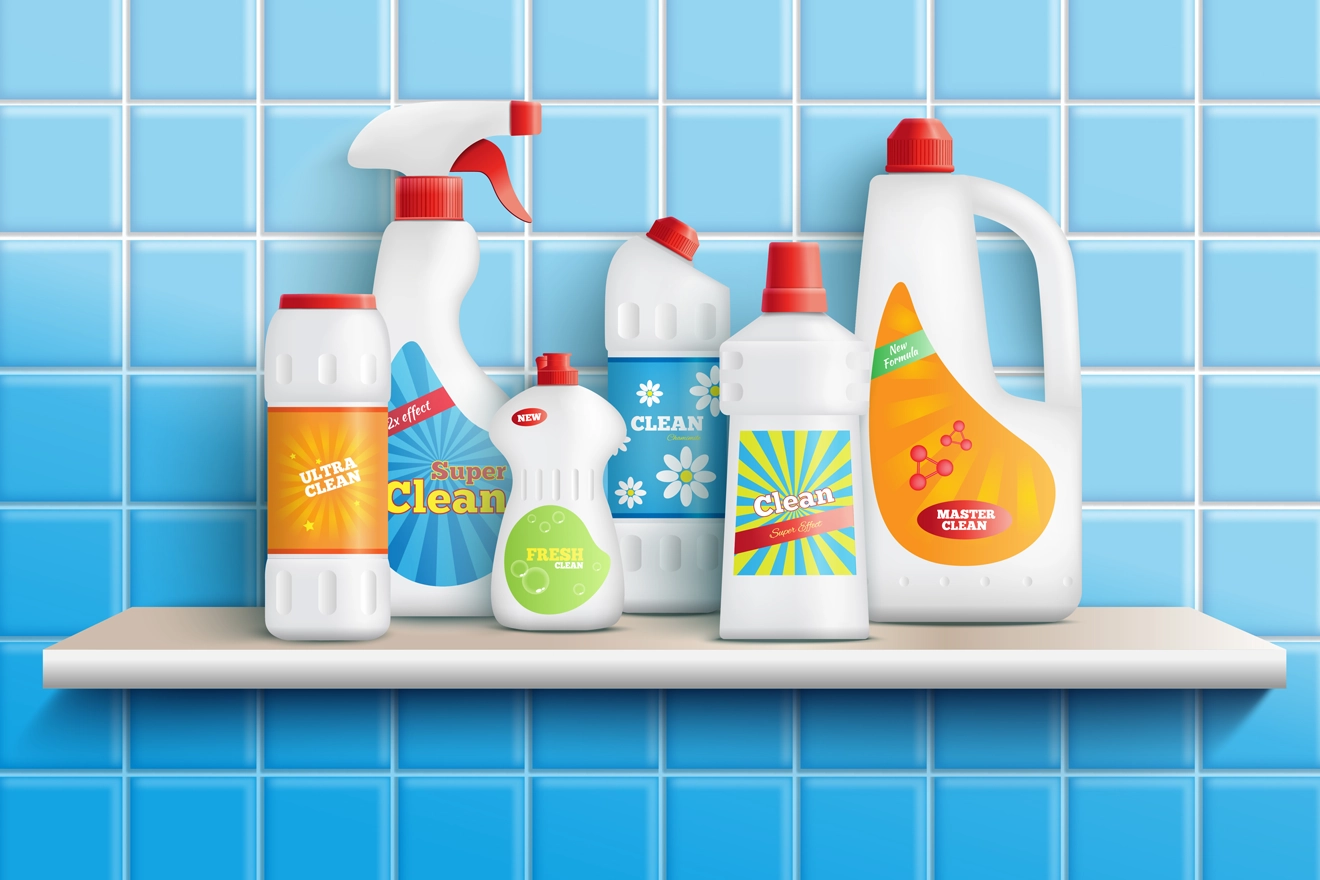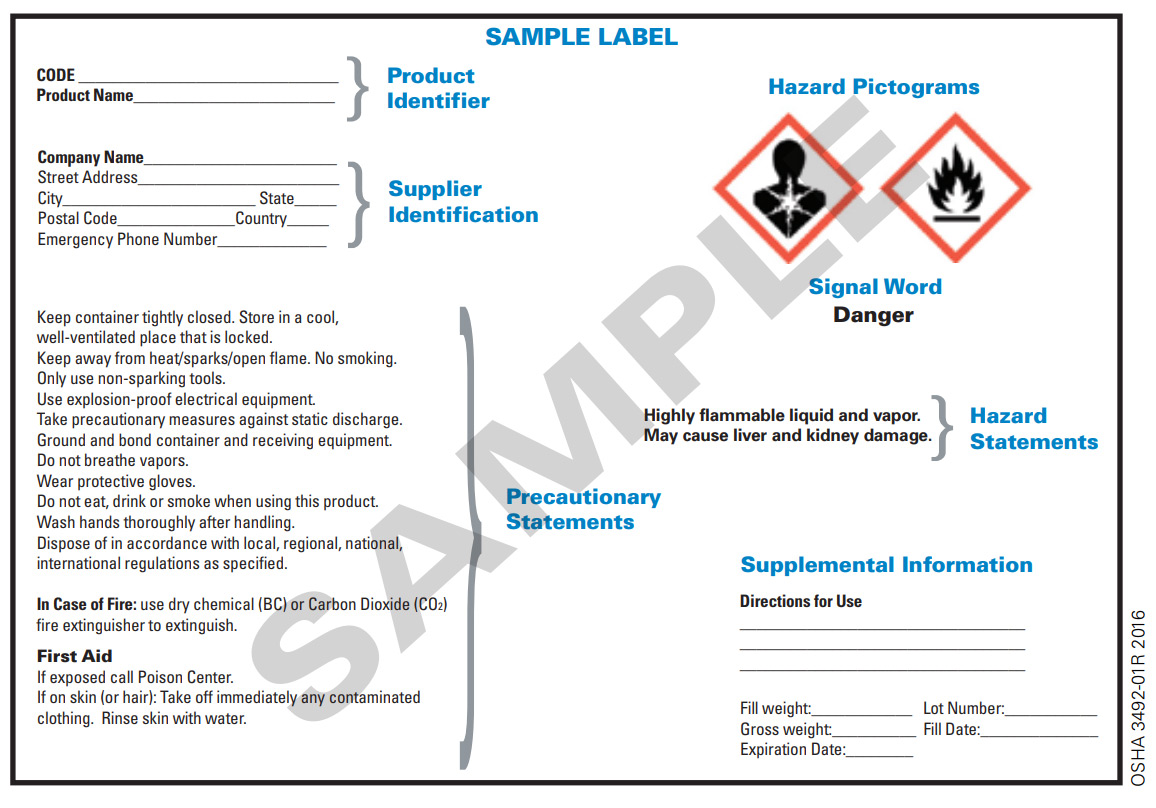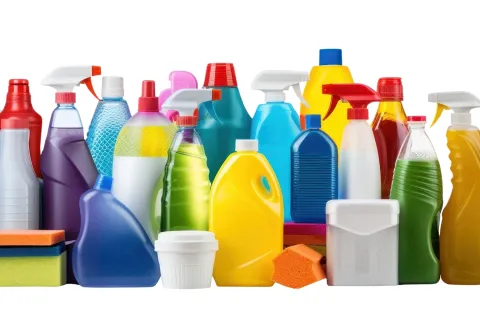
Occupational Safety and Health Administration (OSHA), in alignment with the United Nations’ Globally Harmonized System of Classification and Labeling of Chemicals (GHS), has adopted new hazardous chemical labeling requirements as a part of its recent revision of the Hazard Communication Standard, 29 CFR 1910.1200 (HCS). The revision is made to ensure improved quality and consistency in the classification and labeling of all chemicals and enhance worker comprehension i.e. workers will have better information on the safe handling of hazardous chemicals to avoid injuries and illnesses related to exposures.
Under the revised HCS, the first step for manufacturers, importers and distributors to develop a label is to identify and classify the chemical hazard(s). Information on Appendices A, B, and C must be gathered.
- Appendix A - to determine the classification of substances or mixtures to health hazards
- Appendix B - to identify the criteria for physical hazards
- Appendix C - to determine the appropriate hazard statements and pictograms, signal words and precautionary statements
Once the information is gathered, a label can be created based on the following elements:
- Product Identifier: Code, Name of the Product
- Supplier Identification: Company Name, Street Address, City, State, Country, Emergency Phone Number
- Precautionary Statements: Information on the recommended measures to be taken to minimize/prevent adverse effects from exposure due to the hazardous chemical/improper storage/handling. There are four types of precautionary statements:
- Storage
- Prevention (to minimize exposure)
- Response (accidental spillage/exposure emergency response and first-aid)
- Disposal
- Hazard Pictograms: Pictograms on the nature of harm to people or the environment
- Hazard Statements: Information on nature and degree of hazard
- Supplemental Information: Directions for Use, Full Weight, Lot Number, Gross Weight, Fill Date, Expiration Date
Here is a sample label that helps in identifying the required label elements.

Source: https://www.osha.gov/sites/default/files/publications/OSHA3492QuickCardLabel.pdf
Manufacturers and importers, who wish to introduce or import their chemical substances or mixtures in the US, must follow the labeling requirements mentioned above and provide appropriate information on the label. Failing to do so will result in reworks and delayed market entry. Hence, it is crucial to analyze your labeling requirements as per the product portfolio. To avoid hassles and achieve compliance, Reach out to a Chemicals Regulatory expert.









